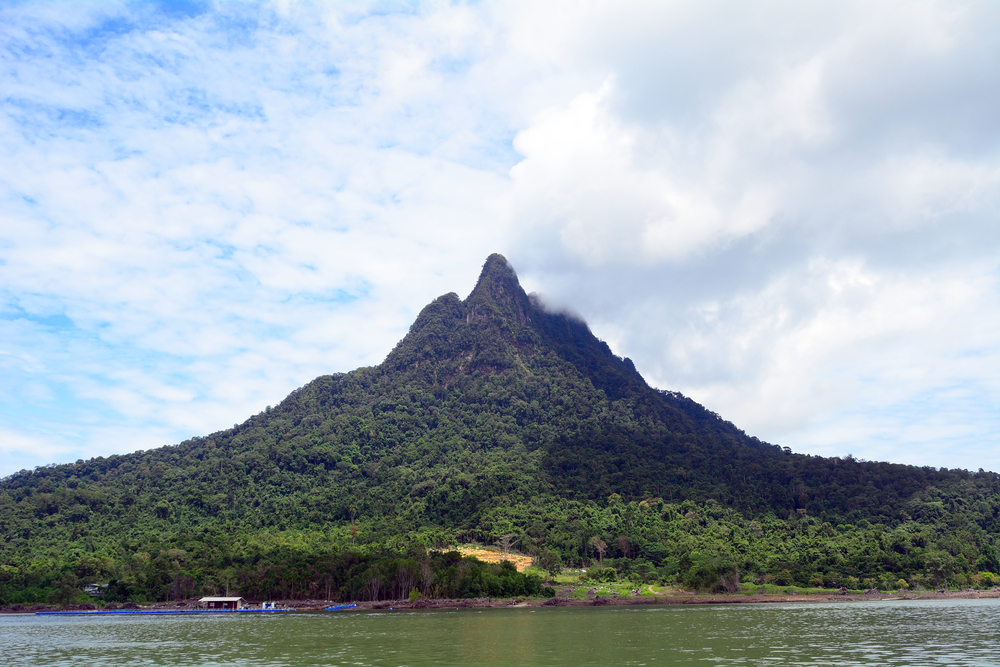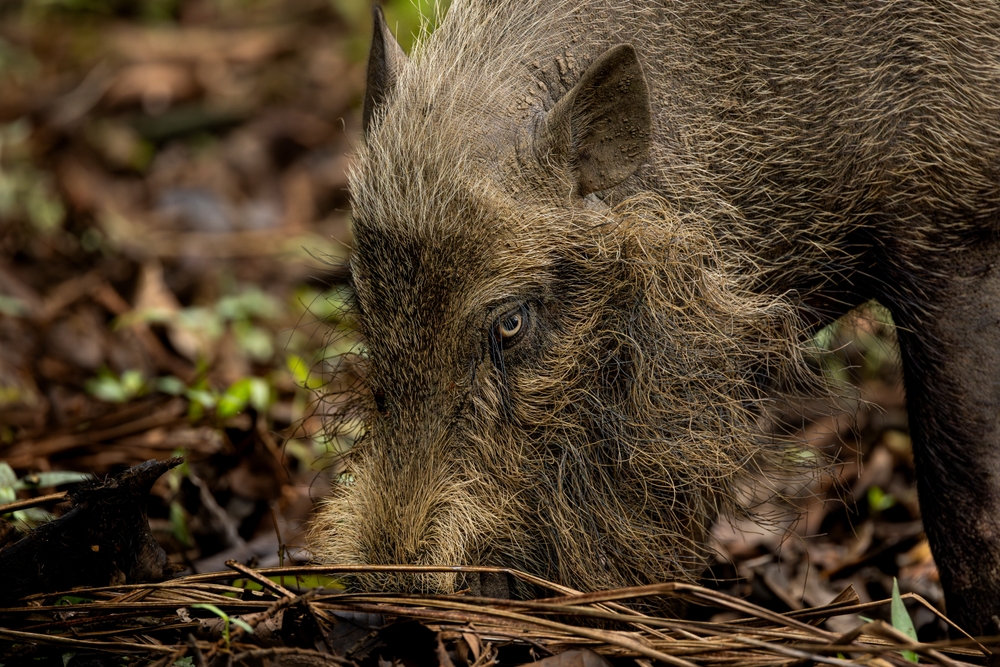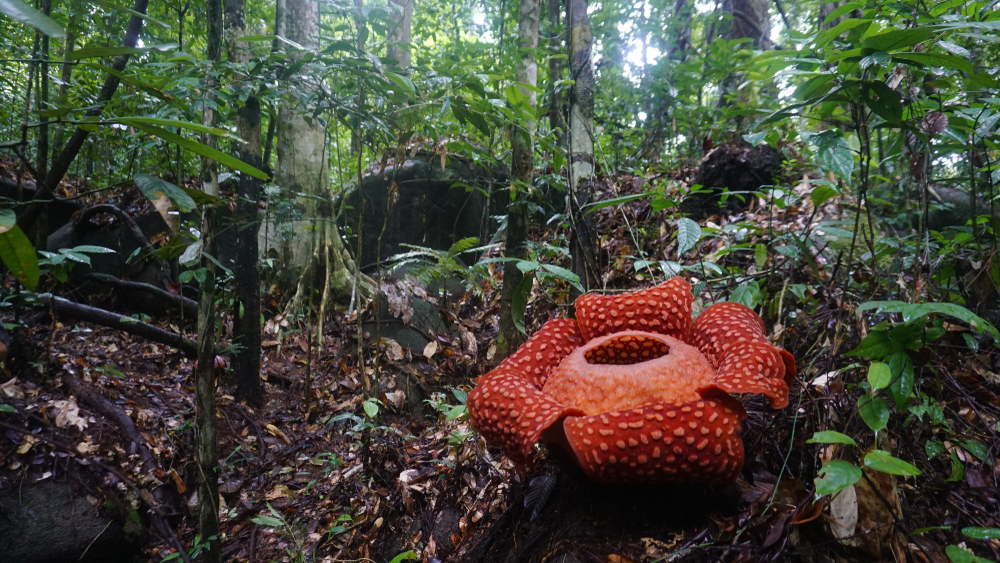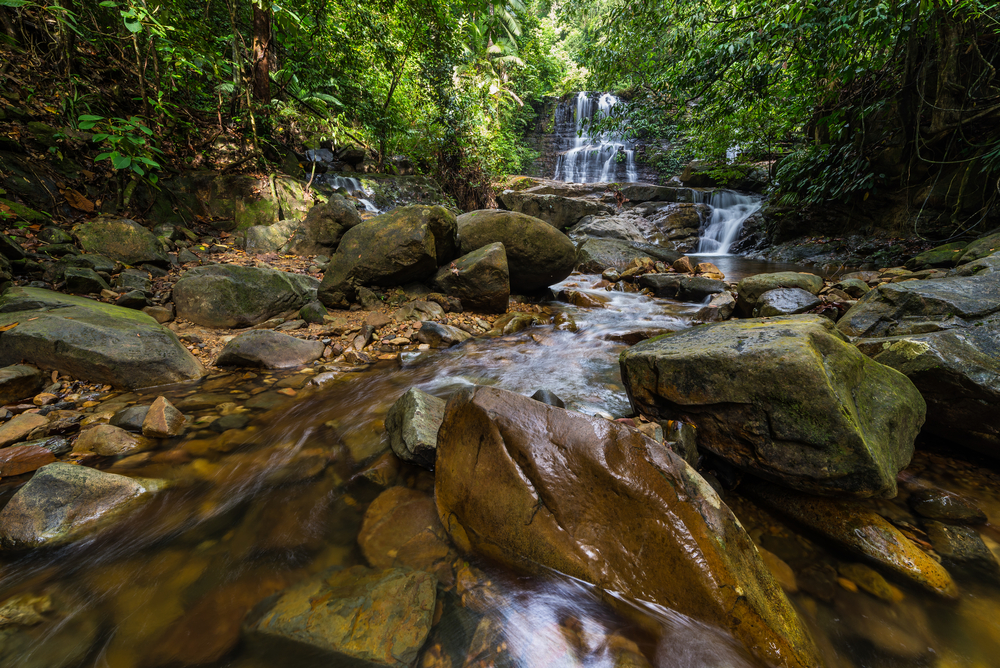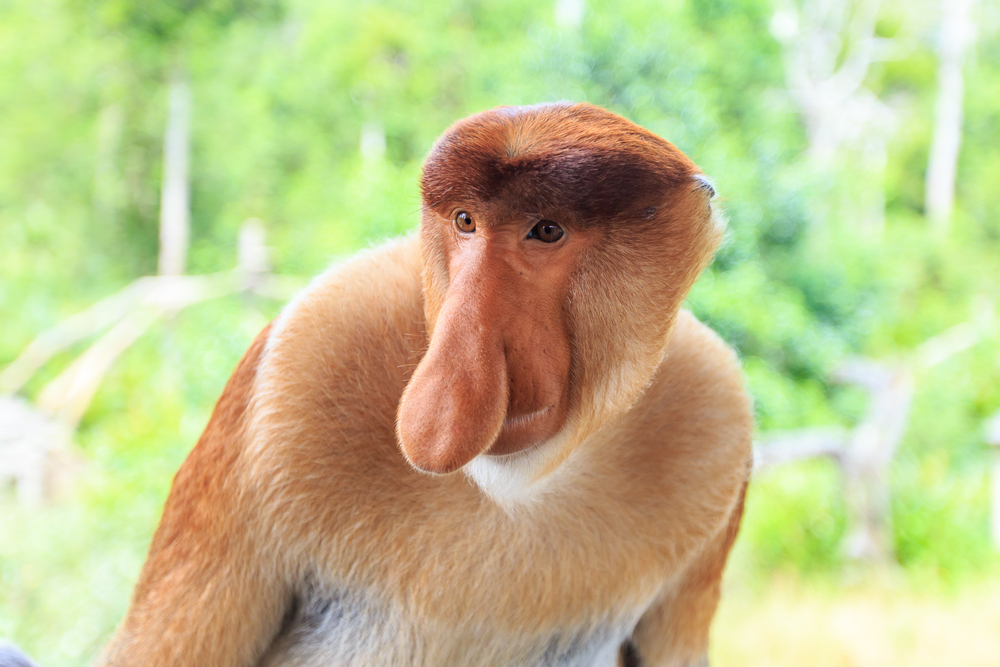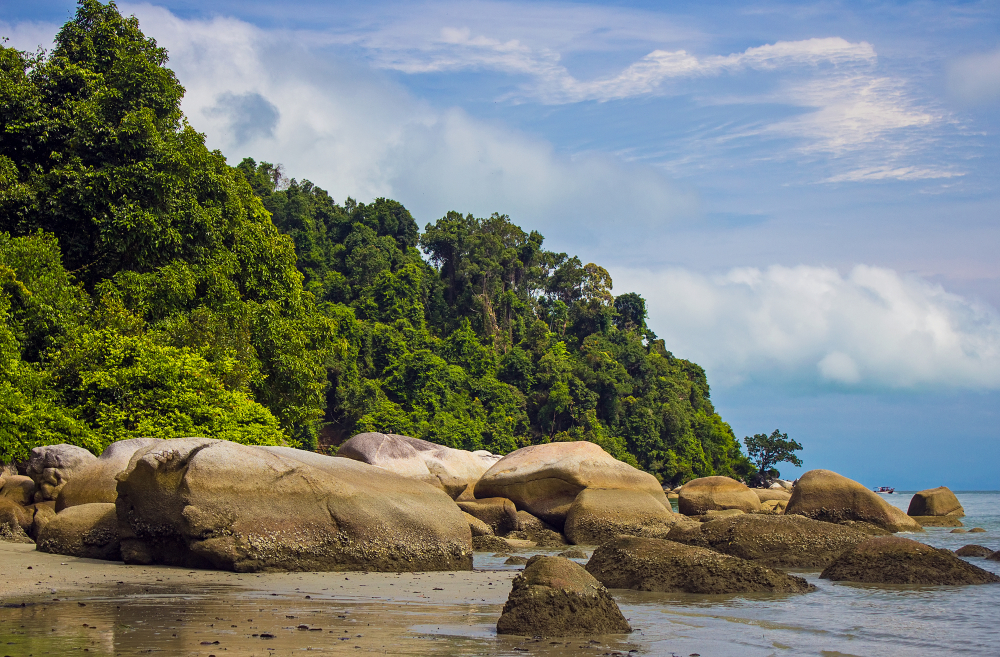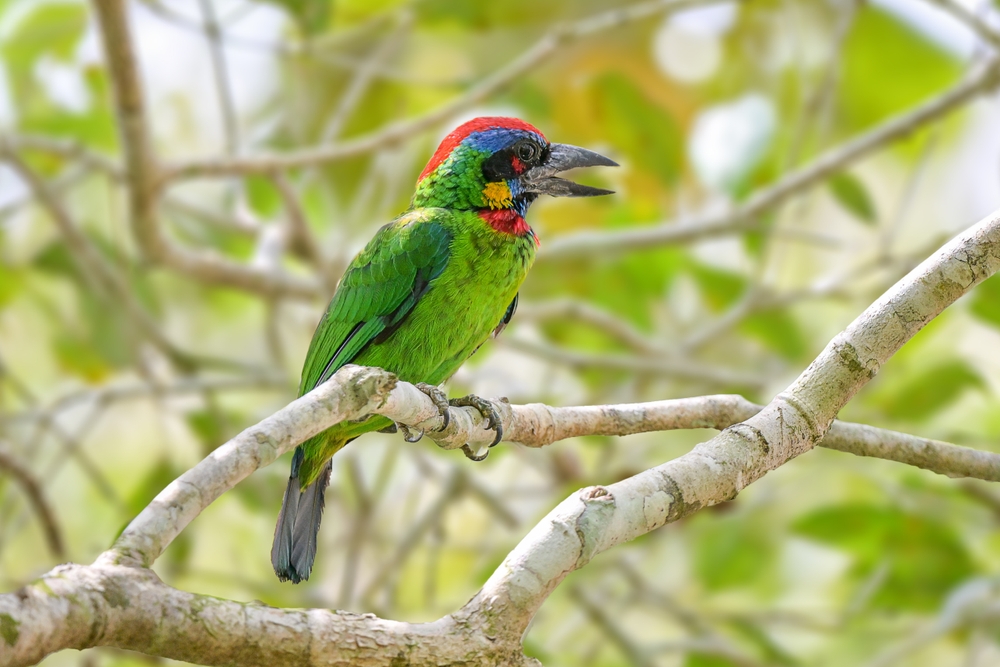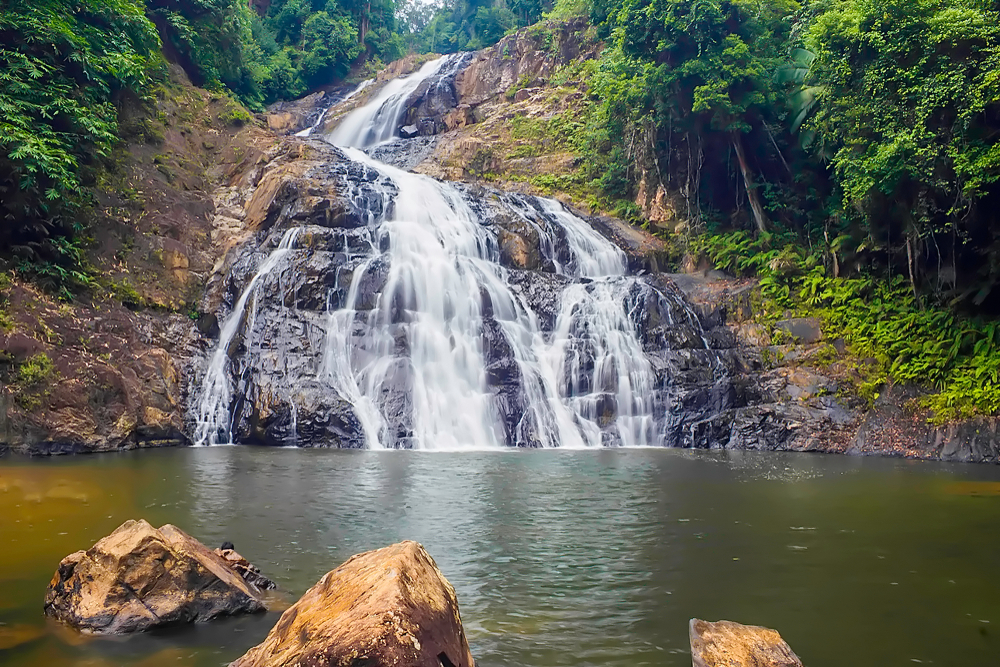Kuching Wetlands Overview
Kuching Wetlands National Park, locally known as Taman Negara Wetlands Kuching, is a stunning and ecologically significant reserve located on the northwest coast of Borneo, near Kuching, Sarawak, Malaysia. This national park spans approximately 27 square kilometers (10.4 square miles) and was gazetted in 2002.
It serves as an essential sanctuary for a rich array of flora and fauna, contributing significantly to regional conservation efforts while also providing breathtaking natural vistas for visitors to explore. The park is dominated by a network of interwoven tidal rivers, mangrove forests, and coastal mudflats, creating an intricate and dynamic ecosystem.
The vegetation primarily consists of mangrove species such as Rhizophora, Bruguiera, and Sonneratia, which form dense canopies along the waterways. These mangroves are not only vital for protecting the shoreline from erosion but also serve as critical habitats for a variety of wildlife. The landscape is punctuated by tranquil waterways that wind through the park, offering serene views of the verdant greenery and creating an almost otherworldly atmosphere.
Wildlife thrives in Kuching Wetlands National Park, making it a paradise for nature enthusiasts and birdwatchers. Among the mammals, the proboscis monkey, with its distinctive long nose, is one of the park’s most iconic residents. Other notable mammals include silvered langurs, long-tailed macaques, and smooth-coated otters. The park is also home to saltwater crocodiles, which can often be seen basking on the muddy riverbanks.
Bird species such as white-bellied sea eagles, collared kingfishers, and various waders make the wetlands a premier destination for avian observation. The mudflats also attract migratory birds during the winter months, making it an important stopover point on their migratory routes.
Visitors often come to experience the tranquility and beauty of this mangrove paradise. Boat tours are the primary way to explore the park, allowing for an intimate experience of its waterways and wildlife. These tours typically include opportunities to spot proboscis monkeys, crocodiles, and vibrant birdlife while learning about the ecological significance of mangroves. Night tours, focusing on firefly sightings and the chance to observe nocturnal creatures, are also popular among visitors.
Despite its ecological richness, Kuching Wetlands National Park faces conservation challenges, including illegal fishing, pollution, and habitat degradation. However, efforts by the Sarawak Forestry Corporation and other organizations have shown significant successes in combating these issues. Continuous monitoring and education initiatives aim to enhance awareness and sustainable practices, ensuring the park remains a vital ecological hub. The designation of Kuching Wetlands as a Ramsar Wetland of International Importance underscores its global significance and highlights the ongoing commitment to its preservation.








































































